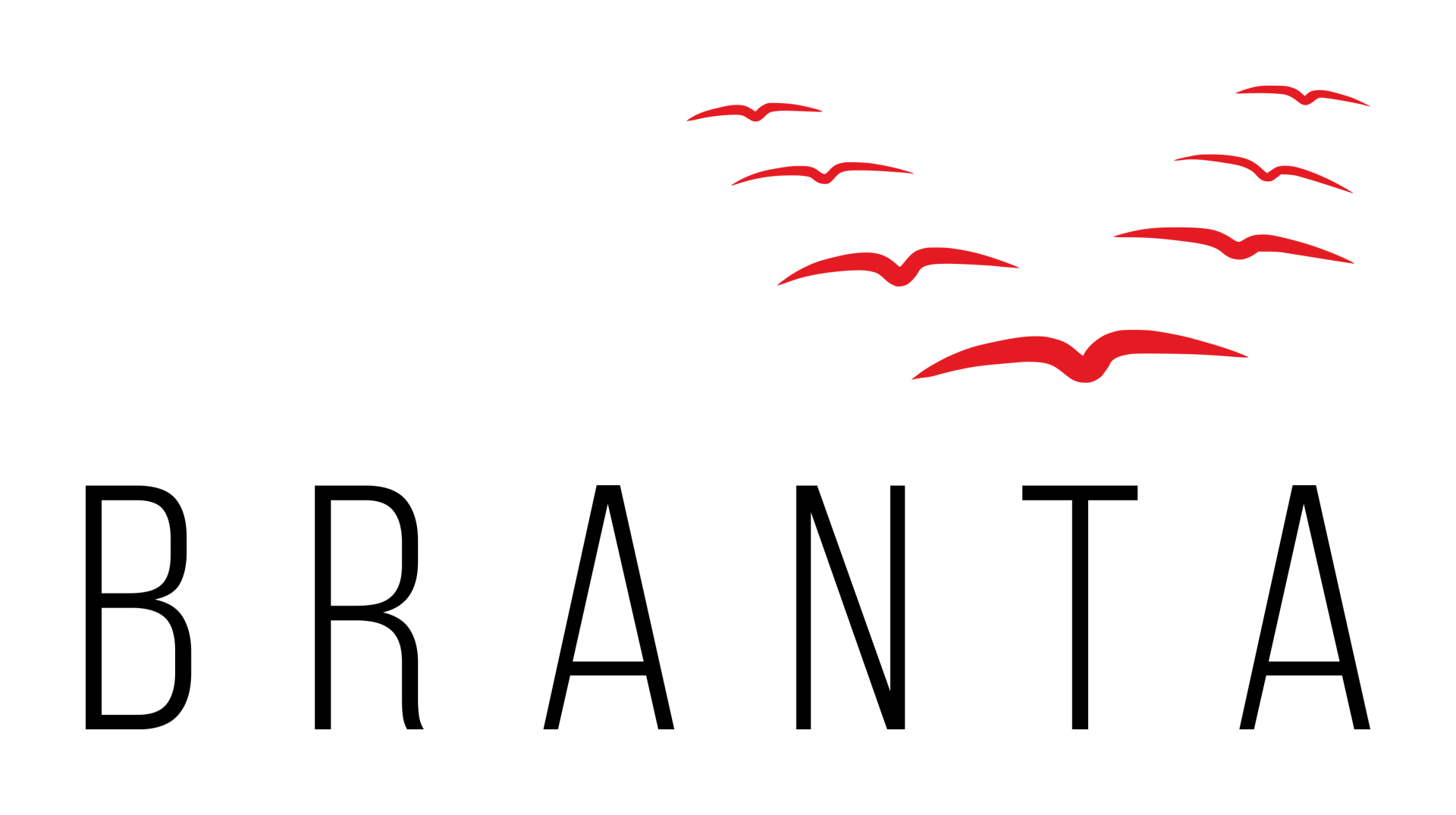What the new South East Investment Fund means for SMEs - and when money starts flowing
The British Business Bank has confirmed a £210m South East Investment Fund
The finance package is aimed at tackling the region’s stubborn finance gaps — especially outside the Oxford hotspot. Below is a plain-English summary you can share with founders, finance directors and local partners, plus a checklist for anyone planning to apply.
The quick take
- How much: £210m ring-fenced for the South East.
- What’s on offer:
- Smaller loans: £25k–£100k
- Debt: £100k–£2m
- Equity: up to £5m
- How it works: Delivered commercially via FCA-regulated fund managers (this is not a grant).
- When: Fund manager procurement late 2025 / early 2026.
- Target fund launch: summer 2026.
- Why it matters: The South East hosts 877,000 businesses (15% of the UK), yet is under-represented in bank and private debt. Equity is healthier overall but 45% of regional equity concentrates in the Oxford cluster, leaving gaps elsewhere.
Why the South East needs this fund
Place matters. Outside finance hotspots, investor networks are thinner, due-diligence costs rise with distance, collateral values differ, and founders often have less visibility of options. The result:
- Bank lending underweight: c. 9% of loan and overdraft value reaches the South East versus 16% of UK SMEs based here.
- Private debt is also slightly under-represented.
- Equity: the region captures roughly 10% of UK equity investment against 14% of high-growth enterprises, with a heavy Oxford concentration.
At the same time, appetite for finance is real: about 38% of South East SMEs say they’d use external finance to grow - higher among firms with 10+ employees, innovators, and businesses in more deprived areas (who also face the biggest barriers).
What funding will look like
Products & ticket sizes
- Smaller loans: £25k–£100k
- Debt: £100k–£2m
- Equity: up to £5m
Initial allocation (headline table)
- Smaller Loans £15m
- Debt £44m
- Equity £88m
- Investor reserve: £63m (flexes product mix as the market evolves and rewards strong delivery)
- Total: £210m
Programme goals
Back innovative, productive, growing businesses; support R&D, skilled jobs, and ESG outcomes (including net zero and diversity & inclusion).
Important: This is a commercial investment programme. Businesses that apply, are assessed on growth potential and financeability, and (if funded) are expected to deliver returns in line with mandate and product type.
Geography: coverage beyond the usual suspects
To avoid all capital pooling in a single hotspot, SEIF sets minimum deployment targets by area (weighted to business density). The region is grouped into six zones, including:
- SE-1: Buckinghamshire & Oxfordshire
- SE-2: Berkshire
- SE-3: Hampshire & Isle of Wight
- SE-4: Surrey & West Kent
- SE-5: Brighton & Sussex
- SE-6: Coastal Kent & Medway
Expect fund managers to build a visible local presence and partner across these ecosystems (not just Oxford).
Timing: when money starts flowing
- Late 2025 / early 2026: BBB publishes a full procurement to appoint FCA-regulated fund managers (look for the opportunity on the BBB website).
- Summer 2026: Targeted fund launch - applications open via appointed managers.
- Fund life: 5-year investment period + 5-year realisation (10 years total).
Managers will be assessed on team quality, product track record, and ability to operate on-the-ground across the South East. BBB also expects commitment to standards such as the Investing in Women Code.
Who should lean in first
- Innovation-active SMEs (or those planning product/process upgrades).
- Growth-stage companies needing £1m–£2m facilities (debt or quasi-equity).
- Non-Oxford hubs with strong pipelines but thinner investor networks.
- Businesses in more deprived areas with clear growth plans and finance readiness.
Your prep checklist (so you’re first in line)
Core pack
- 24-month plan and use-of-funds tied to growth milestones.
- Unit economics, margin trajectory, working-capital cycle.
- Latest management accounts + cash-flow forecast.
- Customer pipeline and evidence of traction (booked revenue, LOIs, pilots).
- ESG snapshot: net-zero actions, D&I metrics, supply-chain considerations.
If raising debt
- Target facility type (term, RCF, asset-backed), tenor, covenants you can live with.
- Collateral / security package and coverage ratios.
- Sensitivity cases (what happens at −20% revenue).
If raising equity
- Sharp innovation narrative (IP, defensibility, route to market).
- Milestone-based budget and hiring plan.
- Co-investment strategy (angels, regional funds, corporates).
Go-to-market
- Map local partners (universities, councils, clusters, chambers, angels).
- Start investor readiness now - don’t wait for the ITT to drop.
FAQs (the ones your team will ask)
- Is this a grant? No - commercial debt and equity delivered via appointed managers.
- Can I apply now? Not yet. Procurement for managers is due late 2025 / early 2026; applications expected once the fund launches in summer 2026.
- Do London companies qualify? No - SEIF is for businesses in the South East as defined by the programme’s geography.
- What if my ticket size is outside the ranges? The investor reserve gives some flexibility later, but plan around the published bands.
- What about diversity and net zero? Alignment with BBB’s ESG objectives is part of the mandate - have a credible plan.
Branta’s view
This is a well-targeted intervention. The investor reserve and area deployment targets should push capital into underserved pockets without sacrificing quality. We expect competitive equity rounds up to £5m outside Oxford and a healthy pipeline for £1m–£2m growth debt as rates stabilise. The winners will be finance-ready, innovation-active firms that engage early with local ecosystems.





